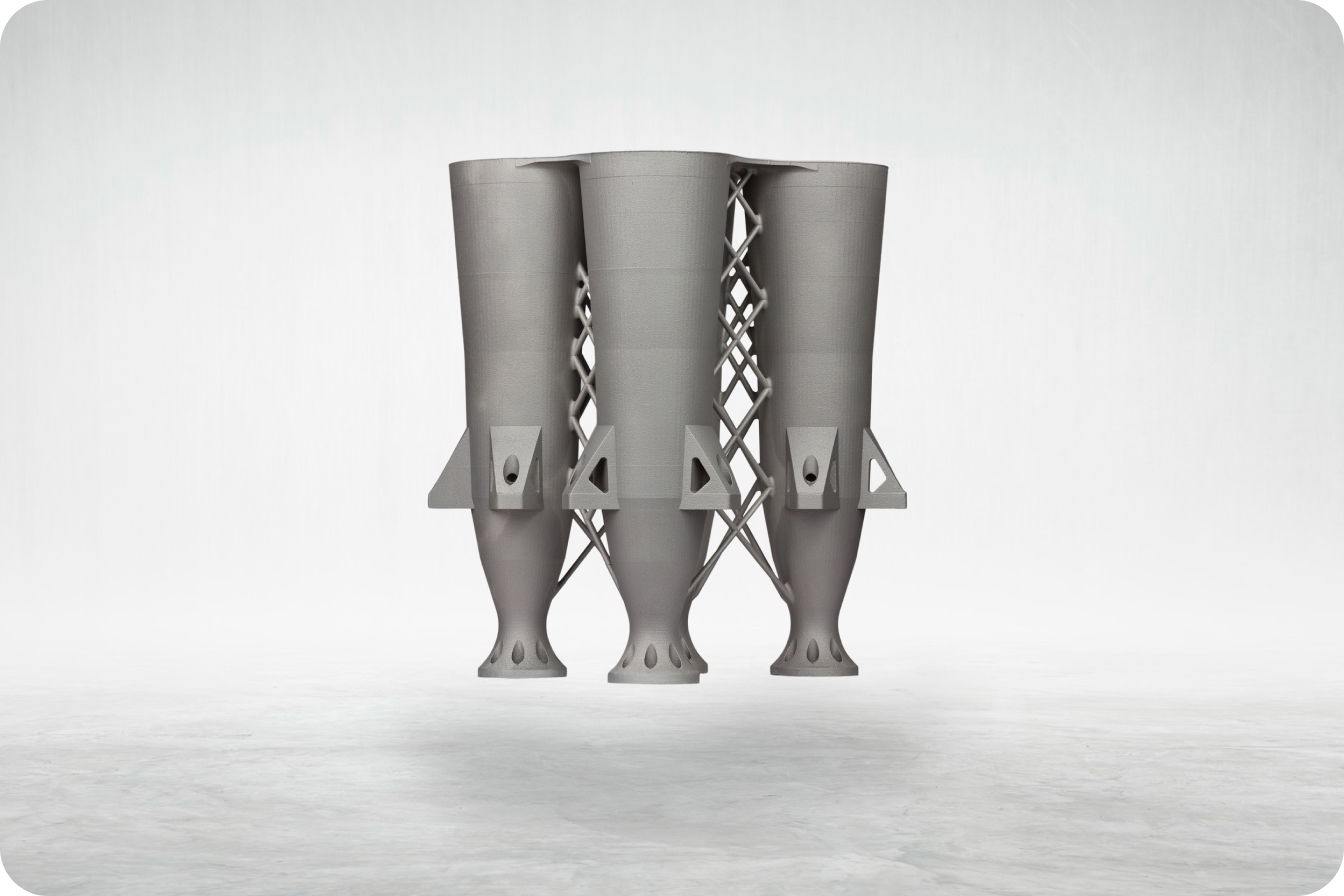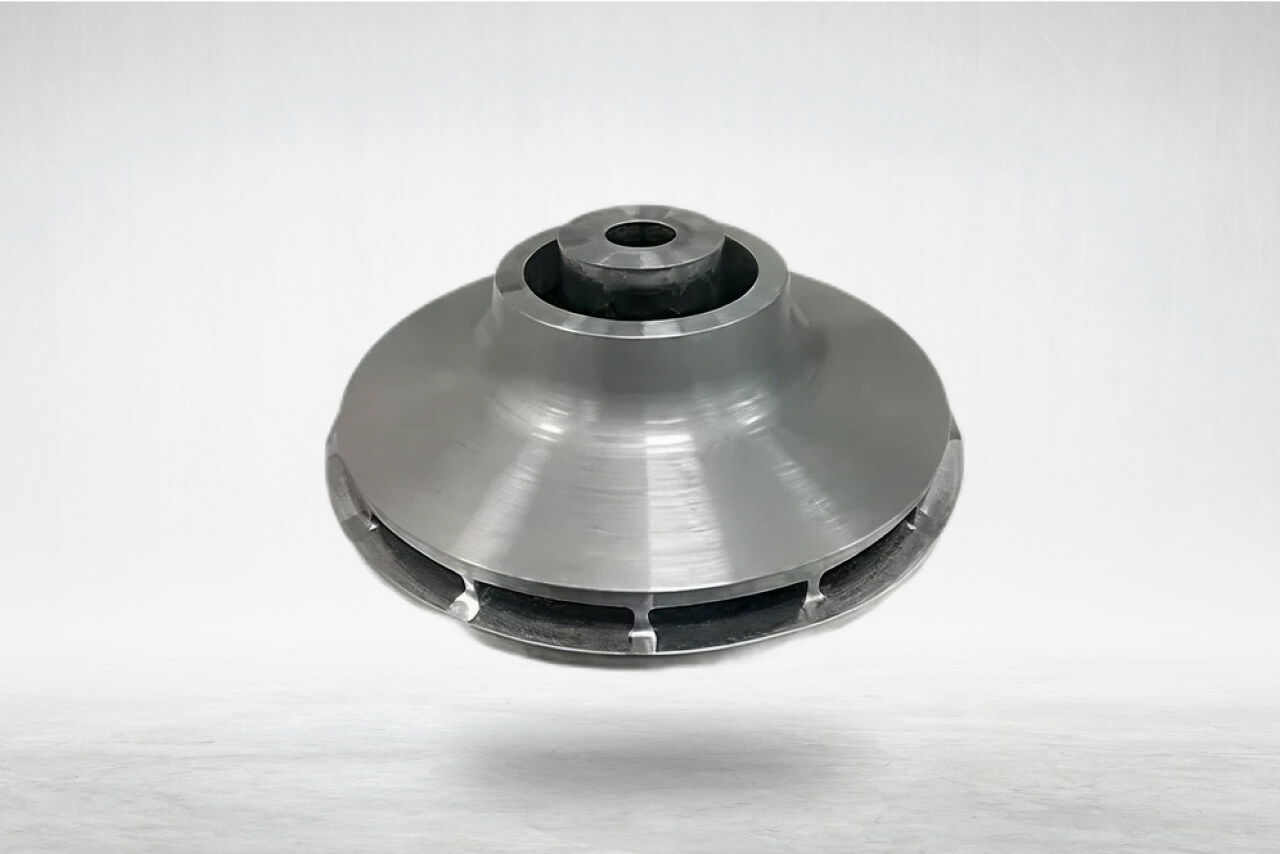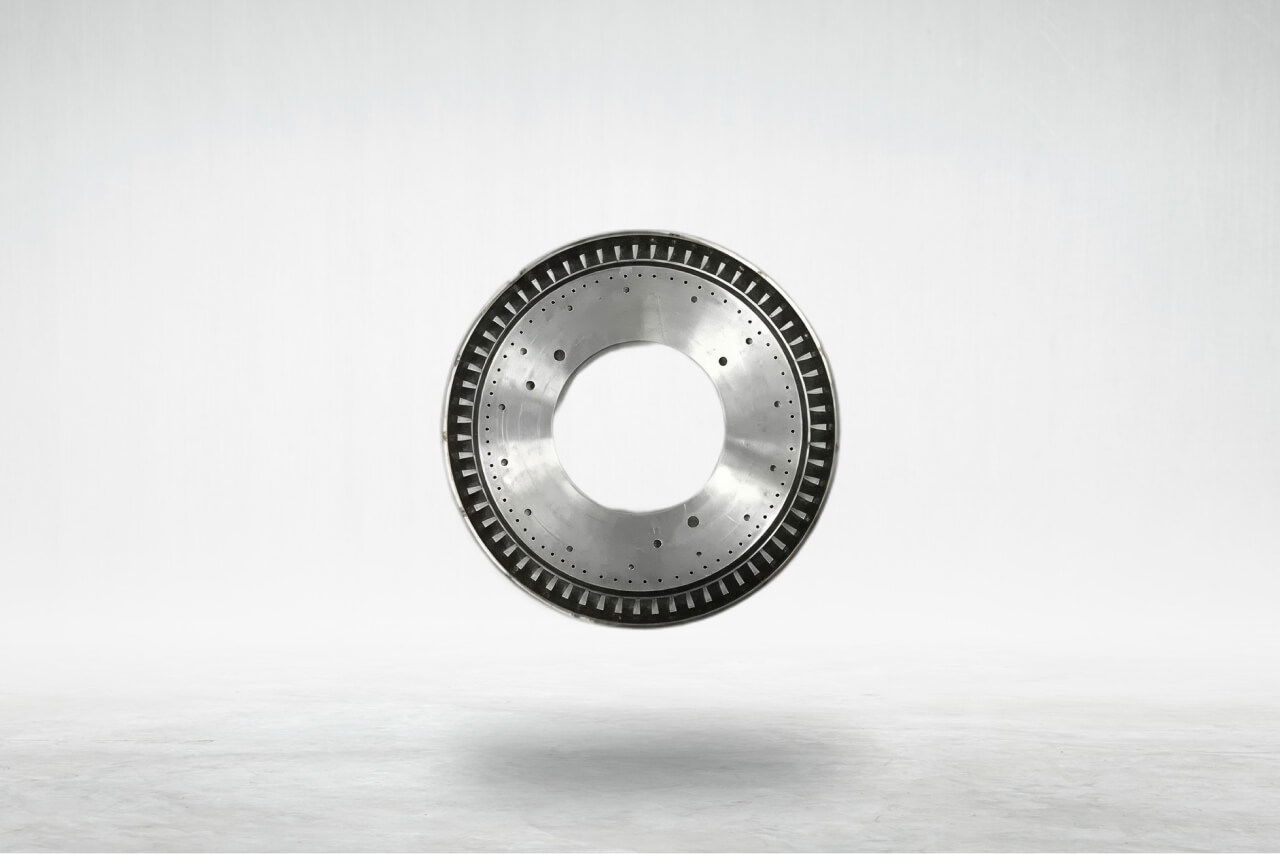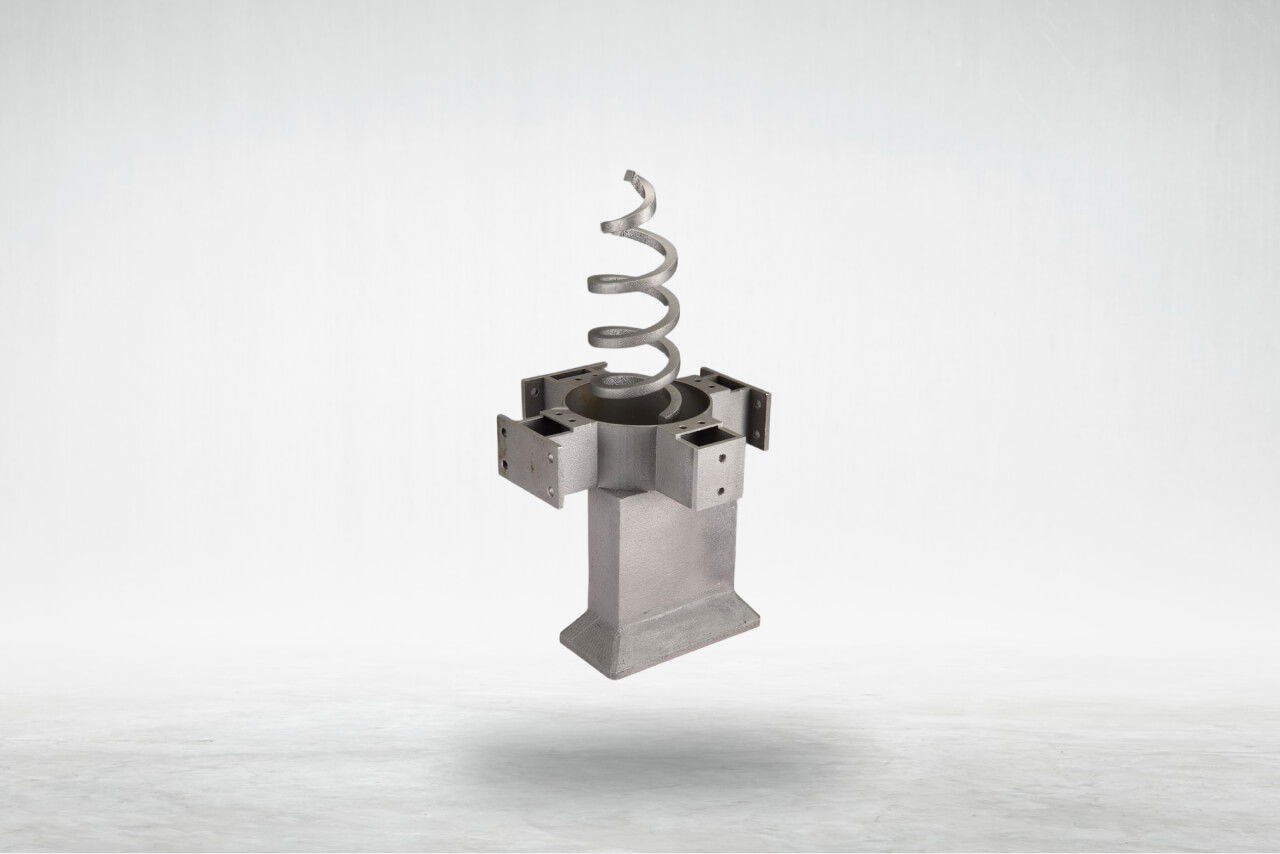North West
Feed Cluster 2x2
The component is an RF Feed Antenna that has been…

CATEGORY
Space
MATERIAL
AlSi10Mg
Additive Manufacturing is reaching outer space. Where every gram counts, in an environment with extreme cyclic temperature variations and harsh forces during the launch, the functional life of components is a critical part of design considerations. Wipro 3D has re-engineered, developed, and proved out flight-ready components in short “re-design to realize” lifecycles.
Private space enterprises, state-run-space organizations, and other members of the space industrial ecosystems are replacing existing and conventional geometries, with designs using the freedom of design that Additive Manufacturing brings, leading to significant impact on performance. Components such as antennae, wave guides, brackets, thrusters, main oxidizer valves, combustion br chamber liners, and propellant injectors, are either in the prototyping stage or are actually flying.
About the Project

AM Competencies Used
Additive Design & Engineering
Wipro 3D used its extensive experience in Additive Design of various structural elements, reduction of joints, and feature optimization to derive maximum value from the Additive fr Engineering principles
Post Processing Optimization
A series of well-planned operations were incorporated into the realization strategy with a coordinated effort to allow final coating operations within the customer’s site.
Build Technology Optimization
The component with a height of approximately 320 mm was built in an EOS M280, that required out-of-the-box thinking in build preparation, customized parameters and dimensional accuracy to meet 2 mm wall thickness throughout the z-axis geometry

AM Value Addition

Speed Of Iterations
The complete redesign to realize lifecycle for the component including the validation tests (Assembly Vibration Test, Climatic Test and RF Test) was completed in a period of 16 -20 weeks.

Functional Performance
RF efficiency was improved by way of reduction of initial planned joints. The component is brought into service and has been established to perform satisfactorily. With the sa strategically designed, angled and placed cross struts, the structural integrity requirements of the component to counter vibrations during launch were met.




